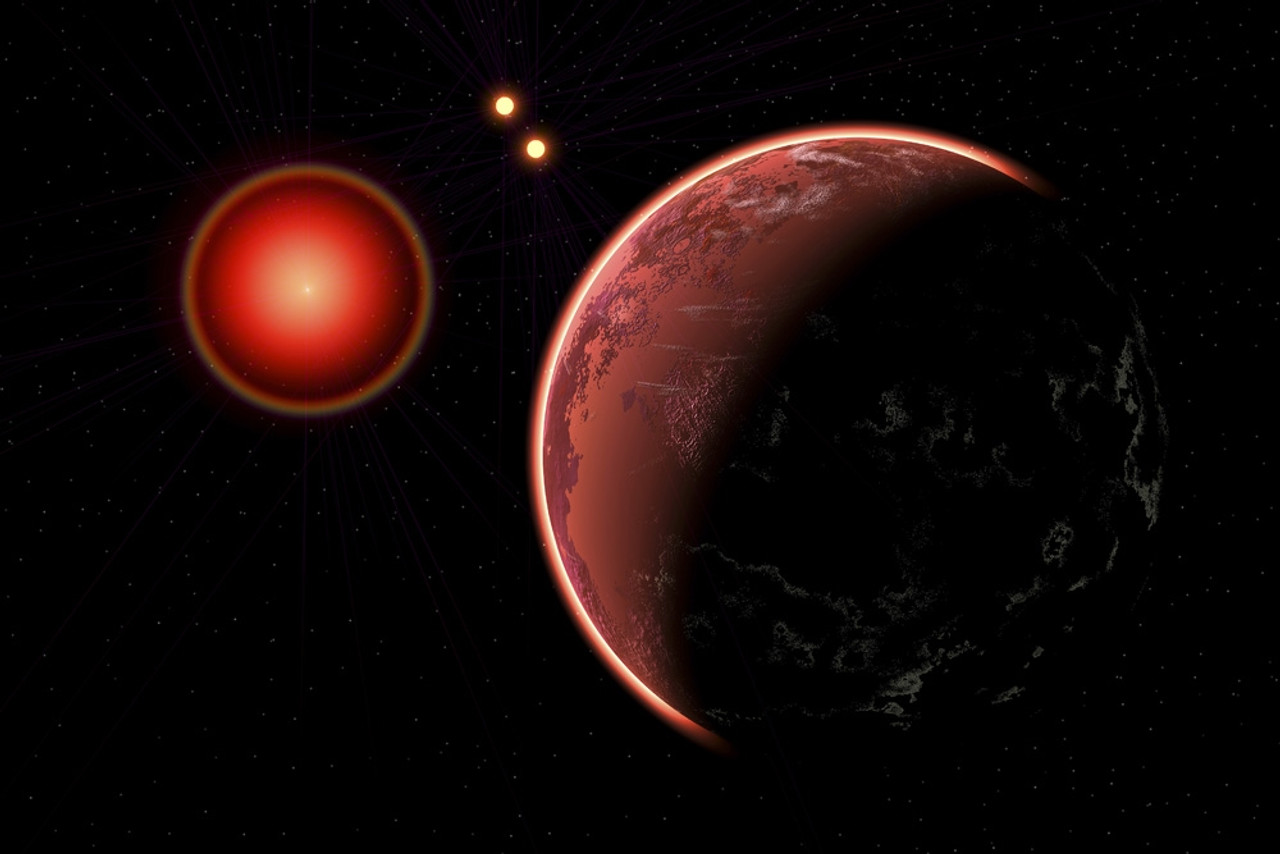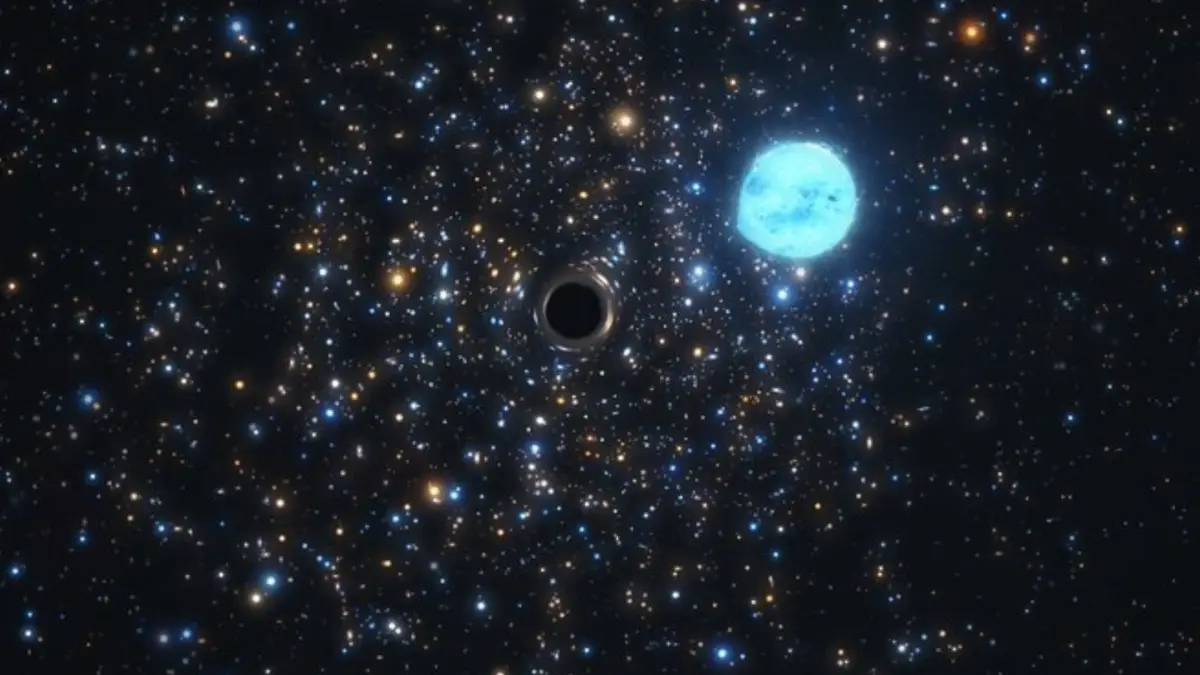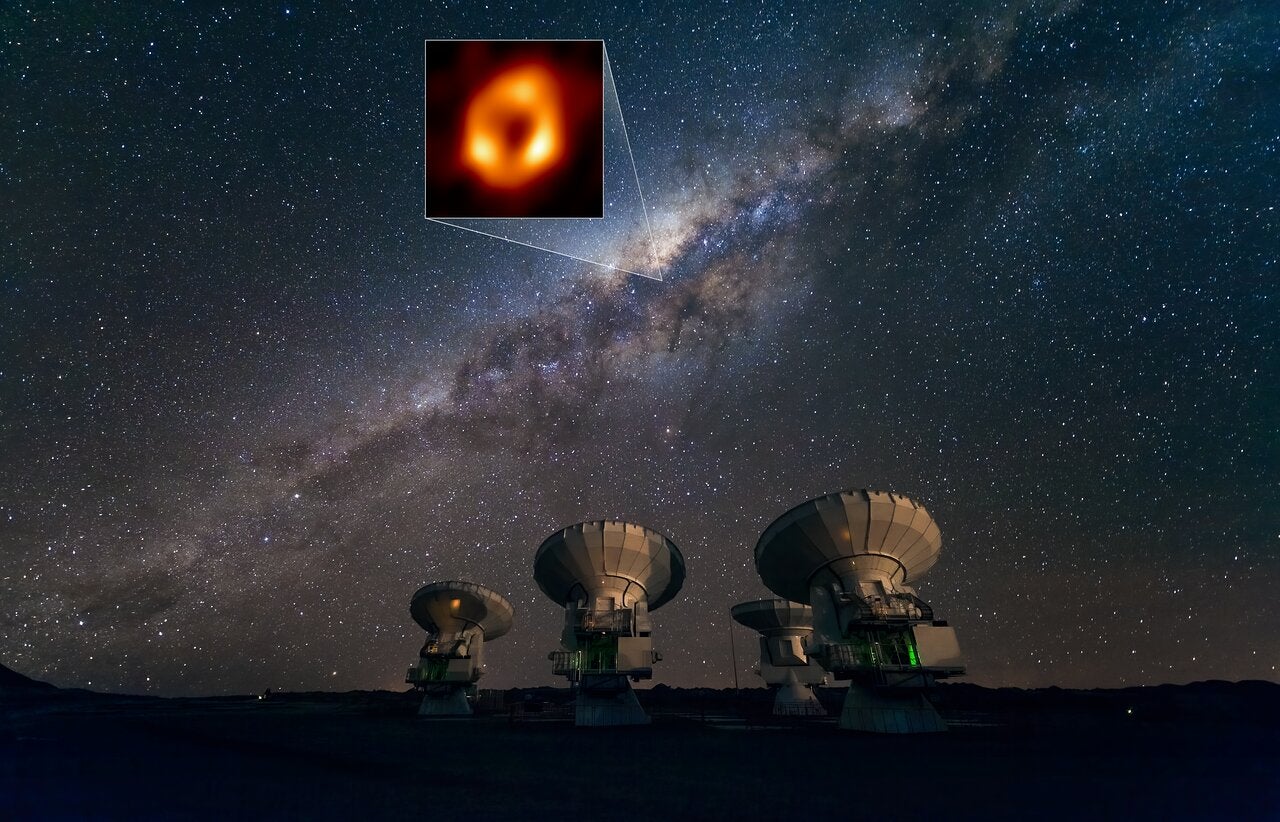The lowest-mass binary ever found consists of two Jupiter-sized objects drifting freely through space.
Key Takeaways:
- Astronomers have discovered a pair of free-floating planetary-mass objects traveling together in the Milky Way.
- This binary system, 2MASS J11193254–1137466AB, consists of two objects with just 3.7 Jupiter masses each.
- Scientists estimate the pair to be about 10 million years old and roughly 160 light-years away.
- Their classification is uncertain, sitting in the gray area between planets and brown dwarfs.
- This discovery provides valuable insights into how low-mass planetary-mass objects form and evolve.
__________
Astronomers have identified an unusual pair of free-floating planetary-mass objects drifting through space together, marking the lowest-mass binary system ever discovered. The finding, made using the Keck II telescope in Hawaii, challenges traditional classifications of planets and brown dwarfs while offering new insights into how such objects form and evolve.
A Surprising Discovery

The object in question, 2MASS J11193254–1137466, was originally thought to be a single, massive, Jupiter-like planet. However, when a team led by William Best from the University of Hawaii took a closer look using adaptive optics, they discovered that it was actually two distinct objects orbiting each other.
Located about 160 light-years away, the binary system is believed to be part of the TW Hydrae Association, a nearby moving group of young stars. Scientists estimate the system’s age to be roughly 10 million years and calculate its separation to be around 3.9 astronomical units (AU). Each object in the binary system has an estimated mass of only 3.7 times that of Jupiter, placing them in the poorly defined region between planets and brown dwarfs.
Redefining the Boundaries of Planetary Science
![Keck images of 2MASS J11193254–1137466 reveal that this object is actually a binary system. A similar image of another dwarf, WISEA J1147-2040, is shown at bottom left for contrast: this one does not show signs of being a binary at this resolution. [Best et al. 2017]](https://aasnova.org/wp-content/uploads/2017/07/fig3-260x174.jpg)
The discovery of 2MASS J11193254–1137466AB raises important questions about the nature of planetary-mass objects. According to the International Astronomical Union (IAU), anything below 13 Jupiter masses is considered a planet, as it cannot sustain deuterium fusion. However, classification also depends on an object’s composition, temperature, and formation history.
Regardless of its classification, this binary system is the lowest-mass pair of free-floating objects ever identified. It also ranks among the least massive brown dwarfs found to date. The discovery provides a critical reference point for testing atmospheric and evolutionary models of low-mass objects, helping astronomers refine their understanding of stellar and planetary formation.
As future telescopes improve our ability to detect and analyze such systems, astronomers hope to uncover more rogue planet pairs like 2MASS J11193254–1137466AB, offering new clues into the complex nature of planetary-mass objects in our galaxy.




